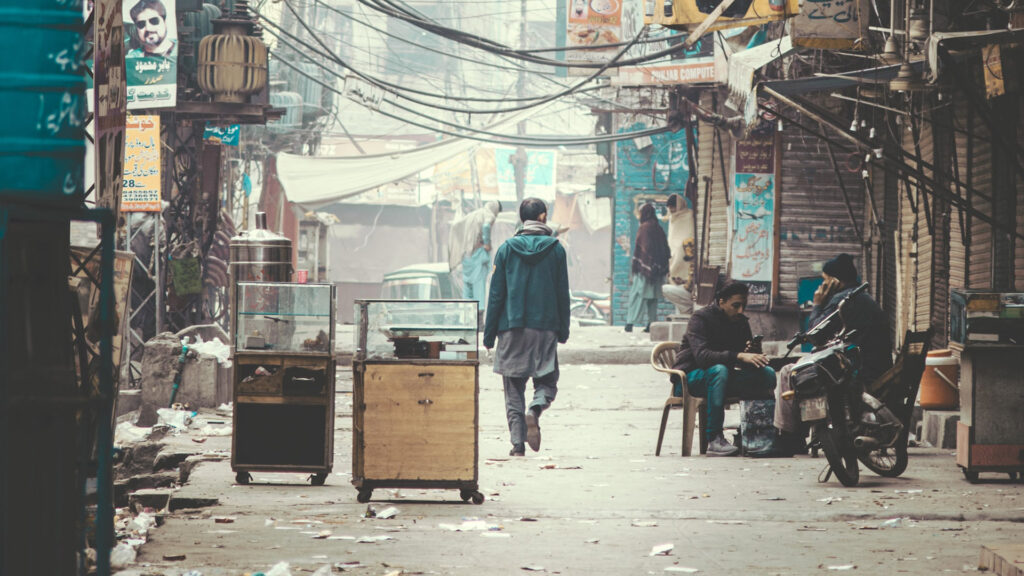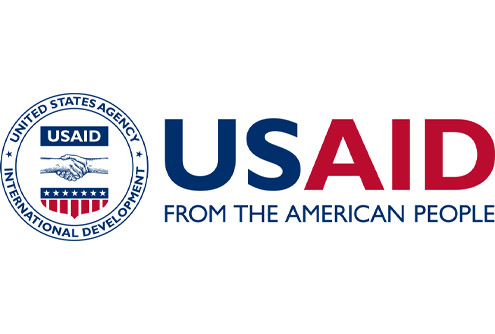Introduction
The 2022 floods in Pakistan caused widespread damage, destroyed over two million homes and affected approximately 15 percent of the country’s population. Following the floods, GNDR member Alight provided access to education and healthcare to the affected community, utilising a recipe that fostered cohesion among the displaced populations, enabled access to systems and services, and created new partnerships with other CSOs.

